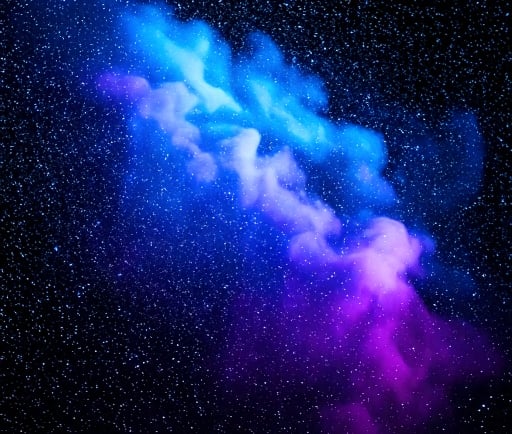The Exquisite Palette of Cosmic Dust: Understanding the Vacuum of Clouds in Space


The Nature of Cosmic Clouds
In the vastness of space, the presence of clouds composed of interstellar dust and gas presents an intriguing tapestry of cosmic phenomena. These clouds, often referred to as nebulae, are not merely vacuums filled with emptiness; instead, they embody a myriad of intricate details and colors that illustrate the universe’s diverse components. They serve as the cradle for star formation and provide vital clues about the elemental composition of galaxies.
Colors and Composition of Interstellar Dust
The vacuum of clouds in space is rich with varied colors, primarily due to the distribution and type of particles present. Interstellar dust consists of tiny grains ranging from carbon to silicates, and every grain influences the color of the nebula it inhabits. When observing these structures through powerful telescopes, humans can discern vibrant hues of pink, blue, and green, all indicative of different elemental compositions interacting with light.
For instance, hydrogen atoms emit red hues when ionized, while regions dense with carbon may reflect blue and green light. This colorful display is not just aesthetically pleasing; it is also a vital aspect of astrophysical studies as scientists analyze these colors to determine the composition and behavior of these clouds in space. As such, understanding the optical characteristics of cosmic dust is essential for decoding the complex mechanisms at play in the universe.
The Role of Cosmic Dust in Galaxies
It is essential to recognize the significance of cosmic clouds in the lifecycle of galaxies. The vacuum they create provides a breeding ground for new stars and planetary systems. Over time, as dense regions within these clouds collapse under their gravity, they form protostars, which will eventually ignite nuclear fusion and shine brilliantly in the cosmos.
Furthermore, these clouds act as reservoirs of materials that can form the building blocks of planets and potentially support life. The vacuum of clouds in space, filled with dust and gas, plays a critical role in the continuous cycle of creation and destruction within galaxies, underscoring the interconnectedness of all cosmic entities.
Moreover, studies of cosmic dust have also shed light on cosmic history and evolution, enabling astronomers to glean insights about the universe’s formation, its expansion, and even the timeline of stellar life. Ongoing research regarding these fascinating structures continues to unveil the mysteries that lie beyond our Earthly observations.
In conclusion, the vacuum of clouds in space is far from empty; it teems with colorful dust that holds keys to understanding the nature of our universe. As we deepen our exploration of these cosmic phenomena, the interplay of colors in these clouds serves as a reminder of the intricate beauty that the cosmos has to offer, revealing the secrets of star formation and the evolution of galaxies.
